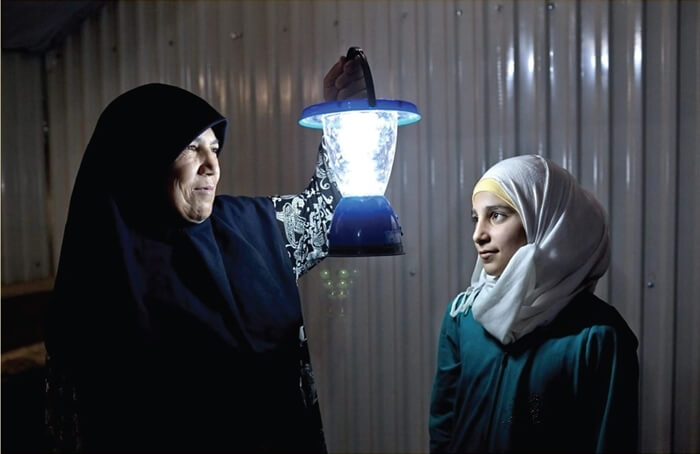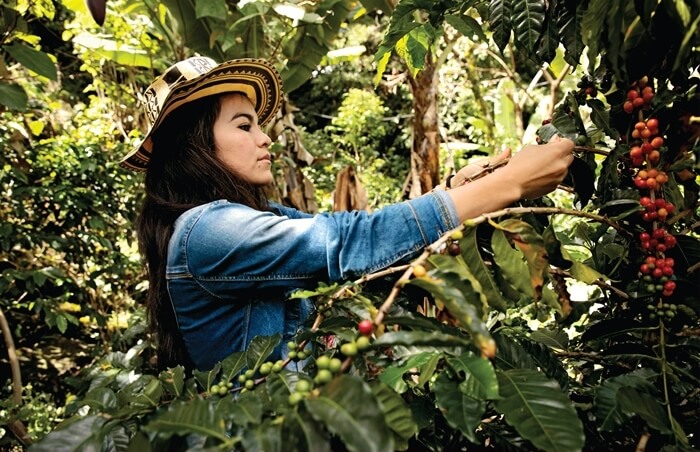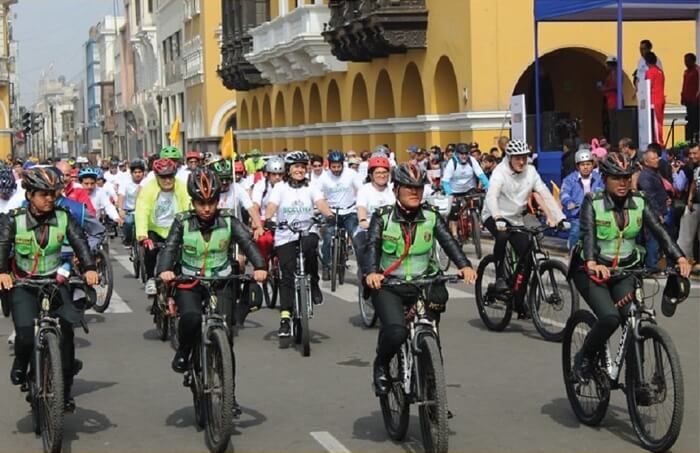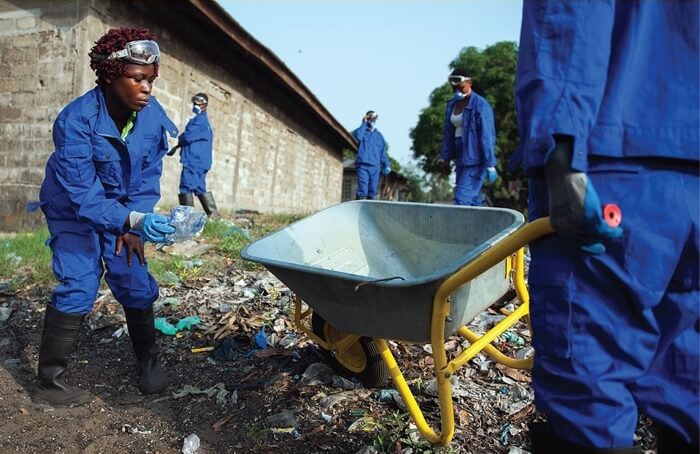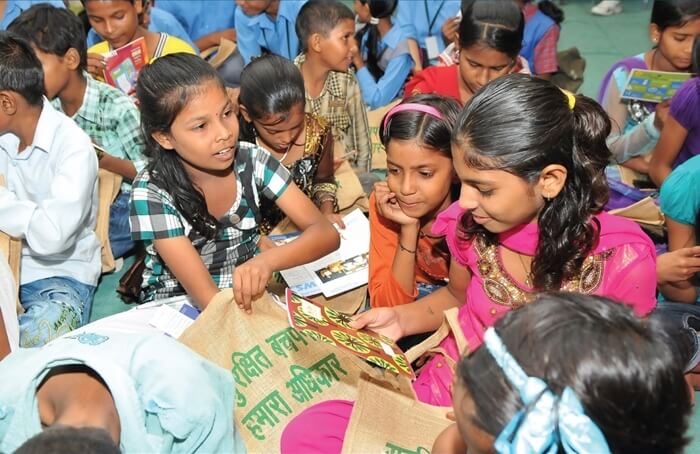Excerpt from who.int
Malaria and health commune worker Ly Thi Nhieu had just delivered a baby in the early morning hours before she joined the Hanoi-based team from the National Institute of Malariology, Parasitology and Entomology (NIMPE) for a malaria supervision trip in Pa U commune in Viet Nam’s north-western Lai Chau Province. The trip involved taking blood samples from the villagers to detect malaria. As the acting director of the Pa U commune health centre, staying on call 24-7 has become a daily reality for Ly. The 36-year-old health commune worker has been working and living on-site for over 10 years, providing care for residents of the mountainous province bordering China.
Ly took on the new role as a health commune malaria worker in January 2021. She juggles these tasks on top of her existing duties which include managing the health centre, midwifery, and spearheading public health programmes on methadone therapy, HIV prevention and reproductive health. As a malaria worker, Ly has been supporting the NIMPE with arranging malaria testing sites. She also makes monthly visits to malaria villages herself to conduct periodic tests. Since it takes at least 3 hours by motorbike to reach the villages, each trip is often combined with other tasks such as routine immunizations for children and expectant mothers.
Today, the destination of Ly and the NIMPE’s malaria supervision trip was the isolated Xa Ho village. Xa Ho is accessible by a single dirt road characterized by tight turns and flooded paths. Located in one of the most isolated regions in Viet Nam, it has been largely untouched by the COVID-19 pandemic. The NIMPE has been making regular visits to Xa Ho where malaria is affecting the local La Hu hill tribe. Their slash-and-burn agricultural practices, coupled with substandard living conditions and low literacy rates have made them particularly vulnerable to malaria outbreaks.

Island Innovation is a social enterprise and digital media company at the intersection of sustainable development and communications, offering specialised services across various sectors. We bring together the private sector, government, utilities, NGOs and universities to advance innovation for sustainability and prosperity in islands worldwide.









